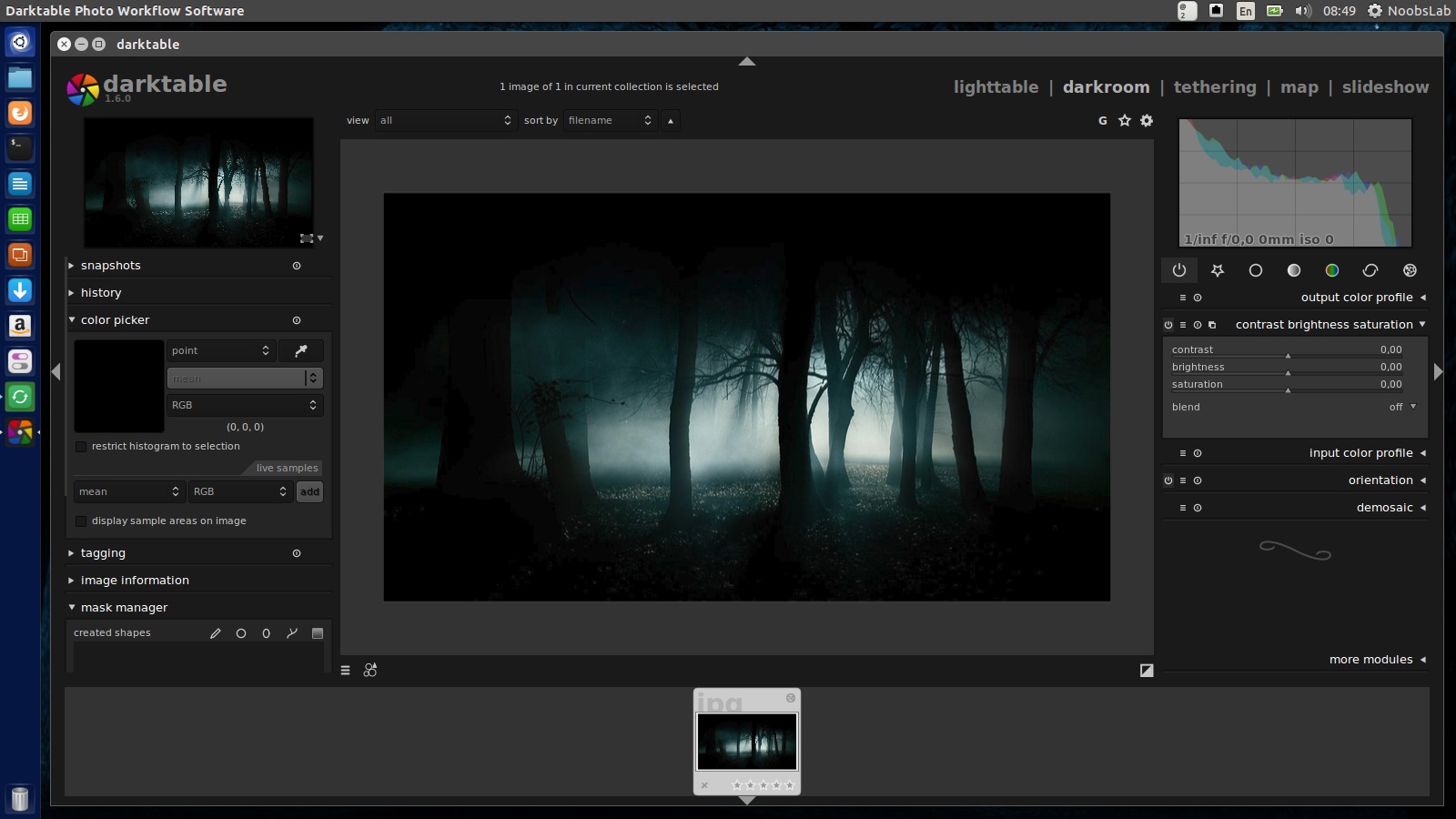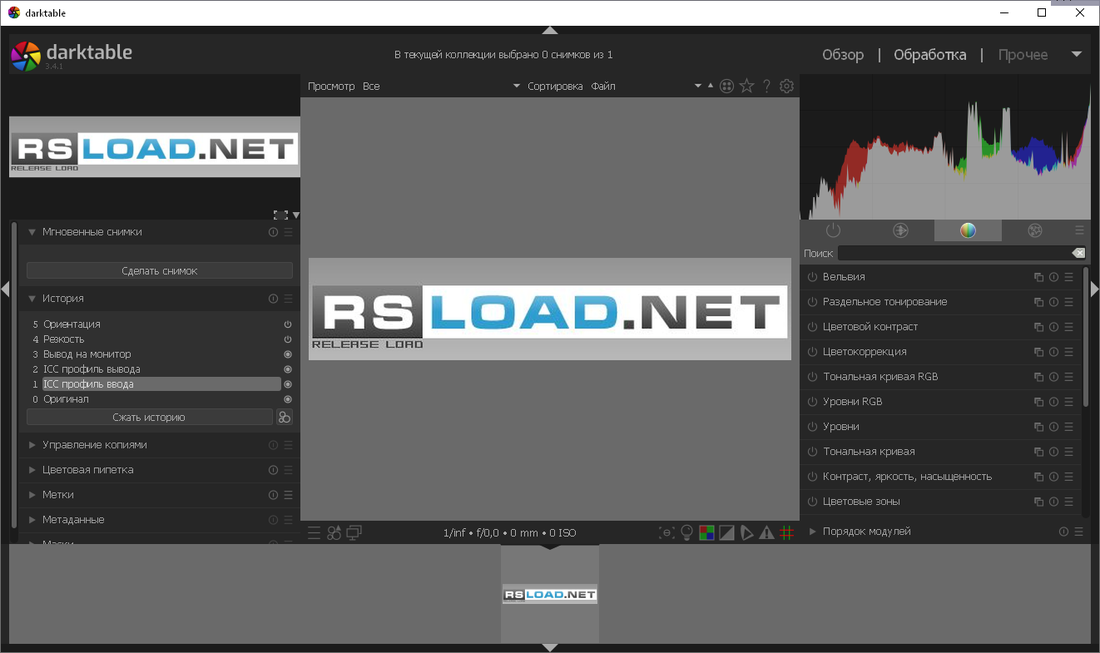

So, the awful big blotches disapear and the remaining luma noise is a fine and subtle grain.
#Darktable review 2018 software
As a user of various open source software packages I'd like to contribute to the project in a small way, so I share what I've learnt elsewhere and on my own. Thanks for the compliment and you're welcome. Thanks a lot for this detailed and informative answer, as usual. But DT is much better as low ISO, and comparable at higher ISO.
#Darktable review 2018 iso
DXO's Prime introduces so many artefacts that it is not useable for low ISO pictures DXO's HQ can't cope properly with noise at lower ISO C1P introduces worm/maze artifacts at low ISO as soon as sharpening occurs I used to prefer LR overall as far as NR is involved. DT is - up tp my knowledge - the only software with which it is possible - with a single preset - to get clean yet detailed low ISO pictures from a small sensor, and at the same time a subtle and non intrusive remaining grain at high ISO. With such techniques, results are very nice. I also tried Aurelien Pierre's style which is wonderful as an all rounder preset, and almost to my taste It is very computationally heavy so indeed, apply at the end. What a great contributer ! So much more interesting than endless batlles between LR fanboys and othersĪfter posting, I actually used to continue my experiments and I used to conclude by applying regular wavelet profiled NR for chroma but for luminance, I indeed found out that the key was ineed to lower the opacity of the blending (like 50% to my taste), even after lowering the strength value of the non-local means (like 0.20 to my very own taste). You could also look at this technique by David La Civita and modify it to suit your purpose.Īnother suggestion is to post an example raw to the Processing Pixls forum and see what people could suggest to you. This style also includes the use of the Sharpening module and the Equalizer. Obviously, you need to customize the settings so that it matches your expected results. surface blur), so the advantage is the edge-detection, but it is more process-intensive, so it slows everything down - apply it as the last PP step in your workflow to avoid lagginess. The style is a mixture of various modules but it uses bilateral filtering (i.e.

#Darktable review 2018 download
You could try a NR style recently posted by Aurelien Pierre - the post is in French but at the end of the first post there's a link to the style which you can download and import when in the Lighttable mode, using the Styles module. Maybe the noise profiles for your camera are too strong, so you need to lower the strength or layer opacity? I find that the average blending mode gives me better results with the luma NR than the lightness blending. Basically it's a modification of the method outlined by His Dudeness. My current go-to NR preset relies on the profiled denoising module. What is your NR strategy, and does it stand sharpening afterwards ? I'm actually more satisfied with the basic ans detail-destroyer non local NR module when luma is lowered by a half (even with no blend). So I tried the recommended strategy : two instances of the profiled NR modules : one using wavelets for chroma (color blend), and one using local means for luminance (luma blend) but I don't get good results : either too much NR, or ugly blotches remaining instead of a fine remaining grain. I use a heavilly crop sensor so even at base ISO, I want noise reduction. I'd like to find a general preset which coud be used as a starting point but often as an ending point. I'm not looking after ultimate IQ since I never print larger than A3 and even rarely A3, and I view most of my images on a 8MPIX 4K screen. There is one very basic thing I struggle with : what's the best strategy wrt to noise removal and sharpening at the same time ?

So regarding several aspects, DT is really miles ahead paid software that I've used. The Equalizer, Color Zones and Ansel Adam's zones modules are just insanely powerful. The generalisation of masks (uniform, parametric, drawn) with the possibility to have multiple instances of modules is truly amazing and fully makes sense once you get the logic. The more I try, the more I regret the money I spent in licences in LR then C1P then DXO.


 0 kommentar(er)
0 kommentar(er)
